1.What is Yokkaichi Banko yaki?
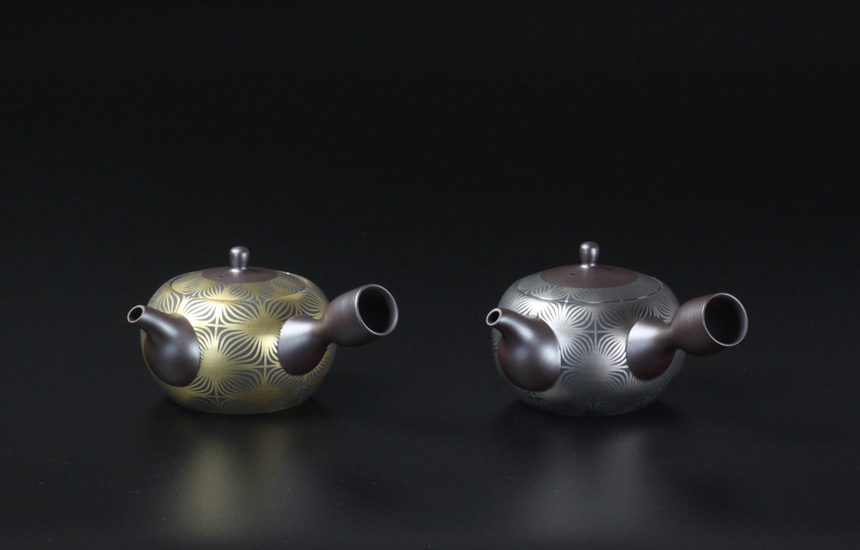
Banko ware has a wide variety of pottery, from tableware and vases that decorate your life to industrial product types.
Kuwana’s wealthy merchant, Numanami Fukuyama, stamped “Banko” or “Banko Fueki(萬古不易)” so that his confident work would remain unchanged.
It is said that this is the origin of the name of Banko yaki.
Features
The rich variety is said to be “the characteristic of Banko yaki is that it has the” Banko “mark.”
In a land where resources such as pottery clay are scarce, our ancestors have refined their techniques, repeated research, and created various products that are sensitive to the needs of each era.
Through efforts and ingenuity, it has continued the tradition of Banko yaki for 300 years and has developed as one of Japan’s leading pottery producing areas.
Currently, there are more than 100 Banko yaki kilns and wholesalers in Yokkaichi City and Komono Town.
In addition, specialists in glaze, clay, molds, and base materials support Banko yaki.
History
Kuwana’s wealthy merchant, Numanami Fukuyama, who was a tea master who devoted himself to the tea ceremony from an early age, opened a kiln in Asahi-cho in the middle of the Edo period.
His educated person, Fukuyama, created works with exotic designs such as chintz patterns and Dutch characters, which were rare at the time, based on the technique of Kyo yaki, and was well received.
The “Banko” or “Banko Difficult” mark that Fukuyama put on his work means “an excellent pottery that will prosper forever.”
It is said that the name of the business of Fukuyama was “Mankoya”.
Banko yaki during this period is called “Komanko”.
After the death of Mt. Fukuyama, there was no successor, and after a while, Banko yaki stopped.
Approximately half a century after the death of Mt. Fukuyama, the same Komukai brothers, Yusetsu Mori and Chiaki, will open a kiln with the aim of rebuilding Banko yaki.
Banko yaki revived by Arisetsu and others is mainly called “Arisetsu Manko”.
Around the same time, Tadashiemon Yamanaka, who played the role of the village of Suenaga Village in Yokkaichi, focused on the popularity of Banko Arisetsu and wanted to introduce it to the village to save people.
The village was sandwiched between the Kaizo and Mitaki rivers, and was in dire straits due to repeated floods, making it impossible to pay annual tribute.
Chuzaemon throws materials and begins research.
After 20 years of research, such as receiving guidance from the Kaizoan kiln that started earlier at Yuifukuji Temple in Higashiakuragawa, Yokkaichi, in 1873, when the eastern part was finally established for mass production, the villagers were given tools and pottery clay. I taught and trained potters.
This is the beginning of Yokkaichi Banko yaki.
Type
① Earthenware pot, heat-resistant pottery
Earthenware pot, steamed earthenware pot, ceramic plate, rice cooking earthenware pot, bread maker, tagine pot, anhydrous pot, etc.
② Kyusu
Face clay bottle, purple mud kyusu, banko yaki, gote kyusu
And so on.
2. Work process

① Soil
This is the process of making clay, which is the base of pottery.
In the case of Banko yaki, red clay containing iron and ocher are mixed in a suitable ratio.
This is because the quality is more stable when the soil is blended.
② Base molding
Knead with both hands to remove the air from the soil.
Kneading is also called chrysanthemum fir because the kneaded soil has a pattern like chrysanthemum petals.
There are two types of shaping: potter’s wheel molding, stamp molding using a wooden mold, and hand twist molding.
Before molding, first perform “Natauchi (grounding)”.
This is to make the hardness of the soil uniform.
After that, the body, lid, hands, spout, and tea strainer are molded, but they are stretched thinly to make them as light as possible.
Molding of kyusu and lacquer ware using wooden molds is a unique technique devised by Mori Yubushi, and is still inherited today.
This wooden pattern consists of several pieces and is designed to be easily fitted and removed.
It is a mechanism in which thinly stretched clay is pasted on a wooden mold and molded, and then the center is pulled out to take out the pieces that have fallen apart.
③ Base material patterning
This process is mainly performed in Kyusu.
Typical patterns include openwork, biri, streaks, pine bark, stones, insects, sticking, combs, torn lines, stamped flowers, makeup, slapstick, diamond cut (turtle shell), and Rokubei.
Even now, new techniques are born every day.
④ Finishing / drying
After impressions, each part is joined, and the hill and the knob part of the lid are shaved and molded, and further polished.
When polishing, the parts are placed on a base called “Shita” made of the same clay, and the parts are polished on the potter’s wheel using the special planes and leaves.
⑤ Carved pattern
I will use a chisel to add a pattern to the one that has not been patterned.
Typical engraving methods include line carving, drawing carving, curved sword carving, diagonal line openwork carving, stone carving, file carving, and carving.
⑥ Unglazed
Traditional Banko yaki is basically baked (without glaze or sketching), but when glaze or sketching is done, it is unglazed at about 800 ℃.
There are two methods of glaze: dipping (a method of immersing the entire glaze in a container containing glaze and pulling it up) and pouring (a method of pouring the glaze into the vessel with a ladle).
⑦ Main firing
This firing is performed at 1180 to 1200 ℃ for a whole day and night.
The russet color peculiar to Yokkaichi Banko yaki is produced by reduction firing.
Reduction firing is a method of incomplete combustion (steaming) in a kiln that is oxygen-deficient.
Even if the same clay is used, it will change to various colors depending on the amount of oxygen and temperature in the kiln.
⑧ With overpainting
It is performed for those that have not been patterned or carved.
Overpainting techniques include painting, blurring, line drawing, and itching.
3. Traditional craftsman
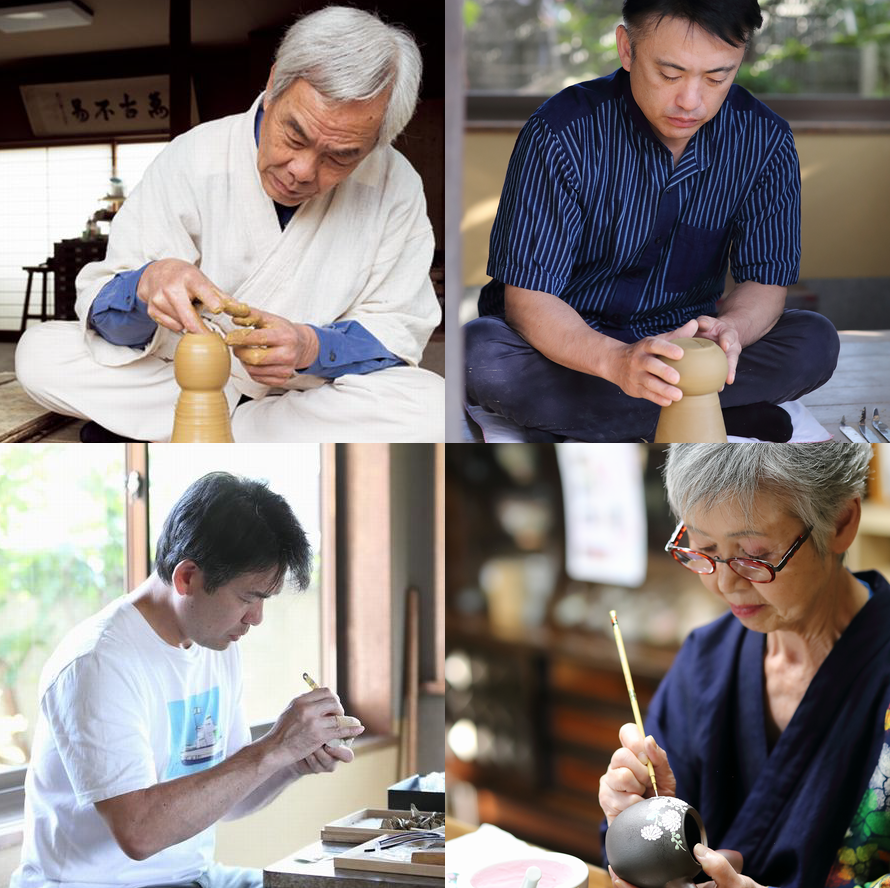
This time, we will introduce “Ogetsu Toen”, which is active as a traditional craftsman in the second generation of parents and children.
The 3rd generation Shimizu Suigetsu (father), Kishiyo (mother), Jun (eldest son), and Ushio (second son).
The beginning of the Hogetsu kiln was when the first Hogetsu, born in 1869, began making kyusu using a wooden pattern called “Wooden Manko”, which was devised in the Edo period.
The works of Suigetsu have been treated in various situations such as the presentation of His Majesty the Emperor (the coronation of the throne) and the presentation of His Imperial Highness the Crown Prince.
Currently, I am making traditional works such as Kyusu and works using new and unique techniques. At the G7 Ise-Shima Summit held in 2016, Banko Morie Sake Cup was used for a toast.
4. Initiatives
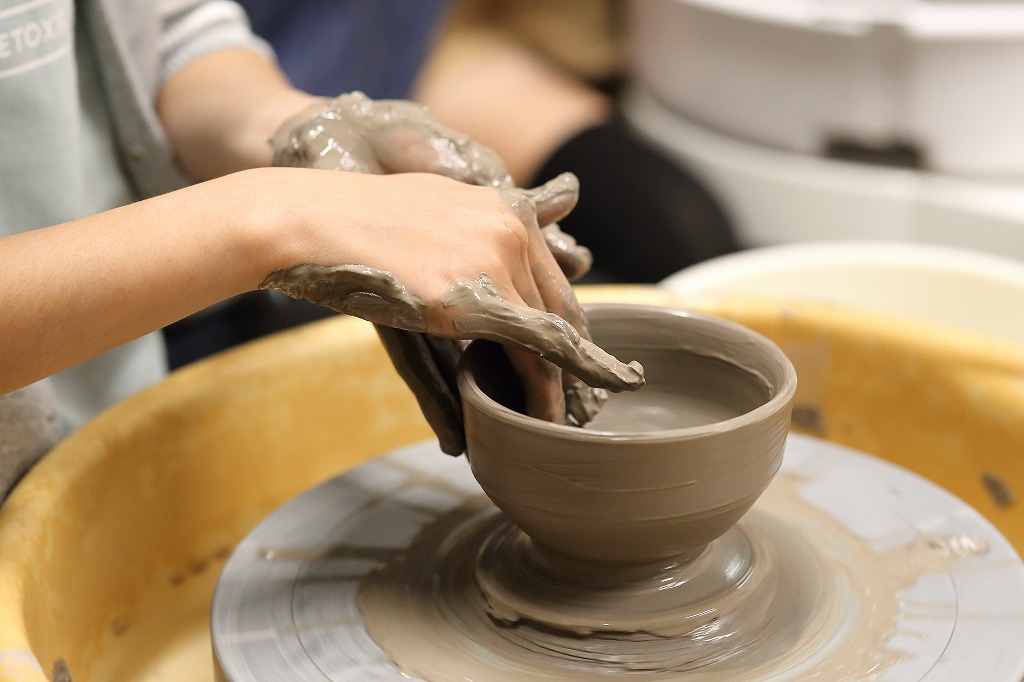
We have an experience at “Ogetsu Toen”.
Ceramics experience
Contents
We make cups, plates, bowls, etc. using traditional Banko yaki clay.
If you wish, you can choose electric wheel, hand-bending, or tatara-making, and you can also experience painting.
Fee
Adult 3,500 yen
Child 2,500 yen
Includes clay and firing costs
* One additional work can be produced for an additional 500 yen.
* Shipping fee is required separately.
Time
About 1 hour
Sandblasting experience
Contents
We will pattern the Banko yaki.
Cut the seal material as you like, attach it to the container, and then spray sand on it to scrape the surface of the device and attach a pattern.
You can take your work home on the day.
Fee
From 2,000 yen
Time
About 30 minutes
In addition, we carry out various activities such as regular pottery classes and regular hands-on classes for children every week.
If you contact me, I would like to guide you when you come to Japan!
5. Impressions
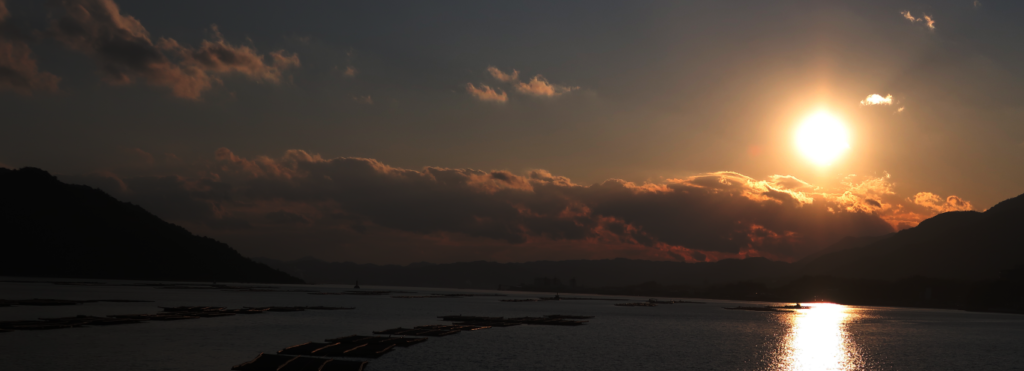
The story of the beginning of Banko yaki in Yokkaichi, where Tadashiemon Yamanaka ran around for about 20 years to help the village and finally pushed it into the industry of the village, feels a history different from other traditional crafts. I did.
However, no matter what the reason, those who have survived to the present and have maintained and improved Yokkaichi Banko yaki for about 300 years will not be upset.
It means that continuing everything will give you confidence and food.
Next time preview
Thank you for reading to the end!
Also, I would like to post an interesting part of Kansai.
Then, have a good trip from now on!!
PS. We provide various information about Kansai in Japan, so please feel free to contact us if you would like to visit or experience it!
The content of the homepage is limited to Nara prefecture, but if you have a place you would like to visit, please contact us and we will guide you!!
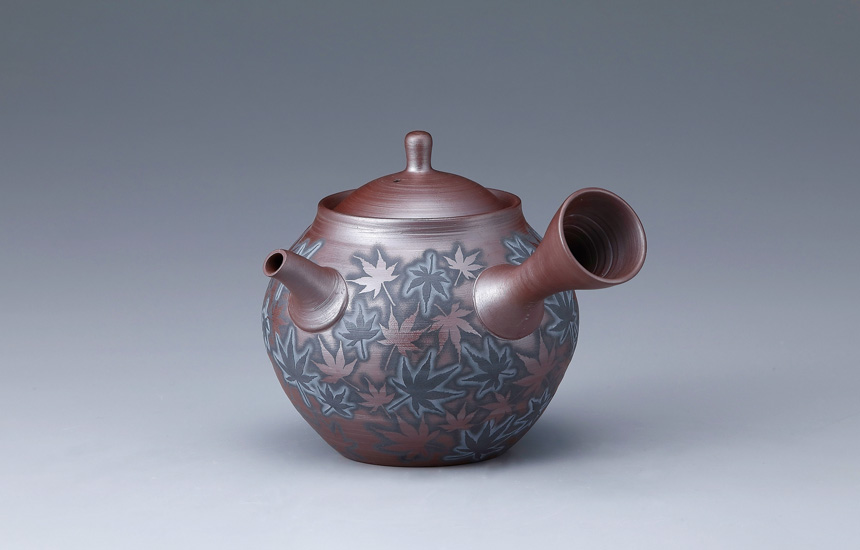
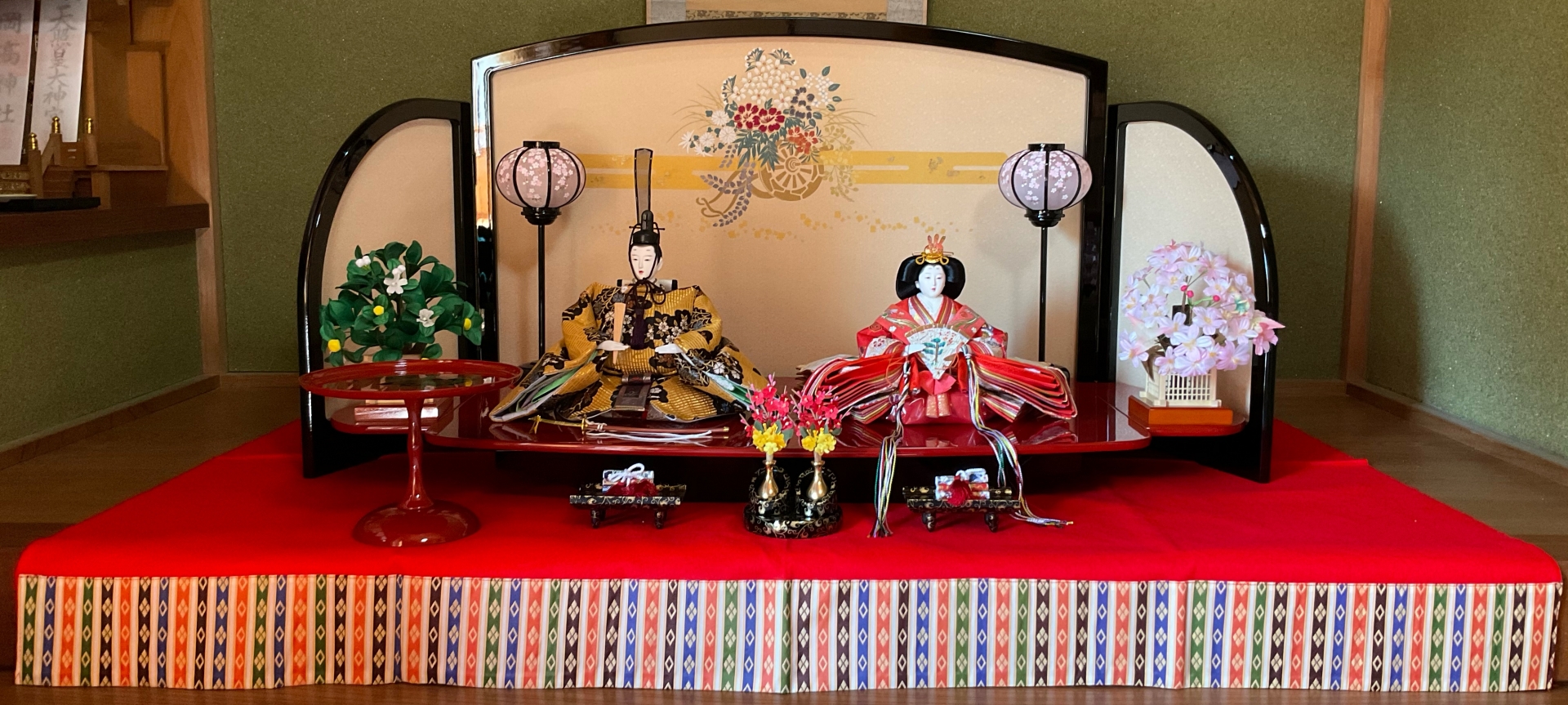

コメント